With the complete lock-down happening in Italy and day by day increasing number of fatalities around the world, coronavirus is spreading like forest fire. In the past few days, this outbreak has acquired a status of being a pandemic declared by WHO. This is not the first time that a disease has spread so fast globally. Recalling the history, we could find out 10 worst diseases in history similar to Coronavirus.
Originating in Wuhan, China in December 2019, the death toll from coronavirus or COVID-19 reached 6,518 globally as of Monday. It has so far infected 169,719 people around the world with most number of deaths taking place in China. The most dangerous thing about COVID-19 is that its symptoms take around 10-14 days to appear after its infection. Practicing self-isolation and maintaining proper hygiene are the only two ways to save oneself from this deadly virus.
Let’s go down the memory lane and take a look at 10 worst diseases in history similar to Coronavirus.
1Antonine plague (AD 165)

The Antonine plague, also known as the Plague of Galen, hit the Roman Empire during the reign of Marcus Aurelius Antoninus in 165 CE. The troops returning to Rome from the Near East brought the plague with them. It was a time when Roman empire was at the height of its power throughout the Mediterranean world. The plague killed around five million people and brought the downfall of Roman empire. The Greek physician, Galen, witnessed and described its symptoms as fever, diarrhea, vomiting, thirstiness, swollen throat, and coughing. The symptoms were similar to measles or smallpox.
2Plague of Justinian (541-542)

The Justinian Plagues is regarded as one of the worst plagues in the world history. It began in 541 AD and was named after the Byzantine Emperor, Justinian I, who was solidifying his rule at that time. The plague destroyed his military and his economy.The origin point of plague was Egypt and afflicted the Byzantine (Eastern Roman) Empire and especially its capital, Constantinople, as well as the Sasanian Empire and port cities around the entire Mediterranean Sea. It was a bubonic plague caused by merchant ships infested with disease-carrying rodents. The plague is estimated to have killed 25 million people (at that point, that was close to half the population of Europe). The symptoms included – fever, headache, chills, swollen or tender lymph nodes, abdominal pain, and gangrene.
3The Black Death (1346-1353)
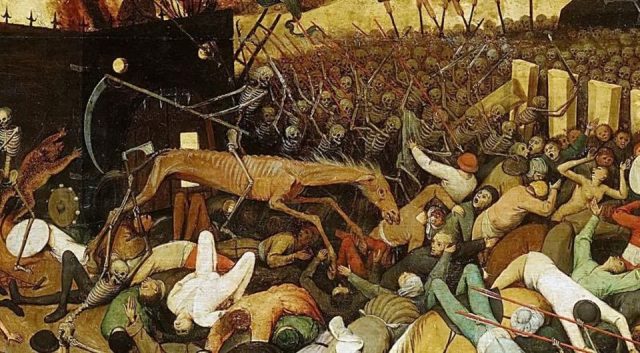
After the worst Justinian plague, arrived the infamous Black Death in the 14th century. Both the plagues were 800 years apart but they shared the similar bacteria. The Black Death too was a bubonic plagues caused by the same microbe as of Justinian plague – Yersinia Pestis. It swept through Asia and Europe. It was believed to start in China in 1334, spreading along trade routes and reaching Europe via Sicilian ports in the late 1340s. The greatest catastrophe in the recorded history, the Black Death killed over 200 million people, reshaping demographics across the world.
4Third cholera (1846-60)
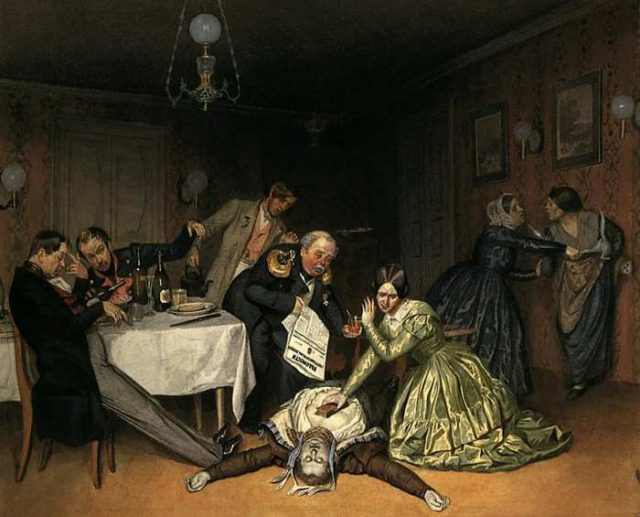
Recording the highest number of fatalities, the third cholera outbreak is regarded as the worst cholera pandemic. It originated in India in the nineteenth century that reached far beyond its borders. The outbreak resulted in the death of more than one million people died of cholera. In 1853–54, the epidemic in London claimed over 10,000 lives, and there were 23,000 deaths for all of Great Britain. The British physician John Snow identified contaminated water as the means of transmission of the disease. His breakthrough helped eventually bring the epidemic under control.
5Flu (1889-1890)
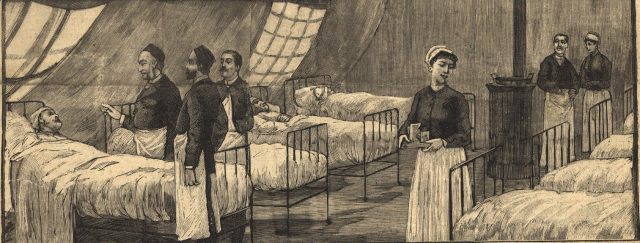
The Influenza, also called as Asiatic Flu or Russian Flu, killed over one million people. The virus strain responsible for this flu was H3N8 subtype. It originated in Saint Petersburg, Russia in December 1889. In the next four months, the flu subsequently spread across the Northern Hemisphere. Its spread was aided by the modern transport infrastructure. Also, rapid population growth of the 19th century, specifically in urban areas, only helped the flu spread, and before long the outbreak had spread across the globe.
6Sixth cholera (1910-1911)
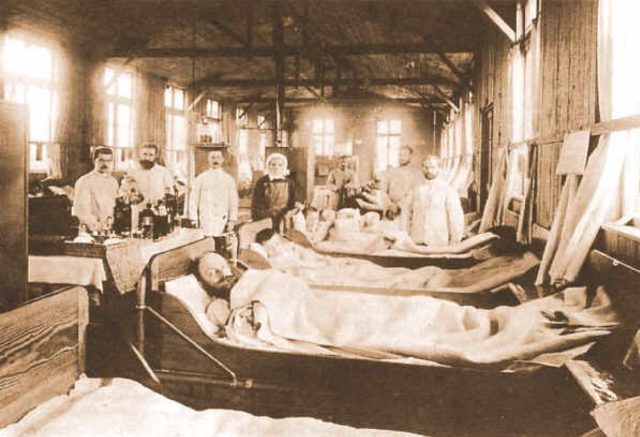
Similar to the previous Cholera outbreaks, the Sixth cholera pandemic also originated in India. It subsequently spread to Middle East, North Africa, Eastern Europe, and Russia. This outbreak claimed around lives of 8,00,000 people, majorly in Russian and Ottoman Empire. Interestingly, this was the last cholera outbreak in America. With knowledge from the past, the American health authorities quickly sought to isolate the infected. This quick action taken by American health authorities resulted in only 11 deaths.
7Spanish flu (1918)
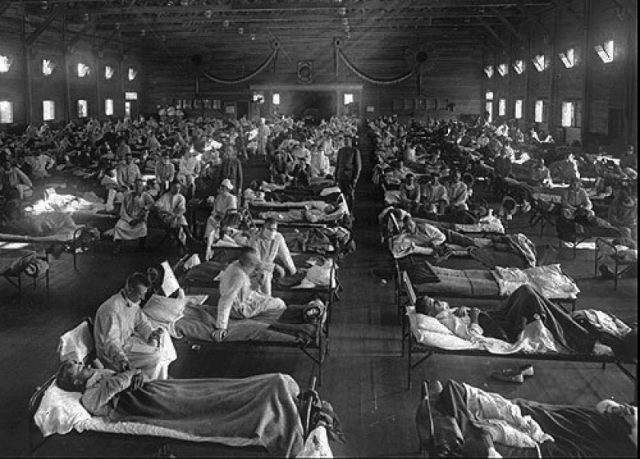
Spanish flu was the most severe pandemic in the recorded history. It was caused by an H1N1 virus with genes of avian origin. It has been thought to be the predecessor of the current coronavirus outbreak of 2020. The Spanish flu spread between the years 1918 and 1920. It infected third of the world’s population and claimed the lives of 20–50 million people. The mortality rate of this flu outbreak was estimated at 10 percent to 20 percent. One unique thing about Spanish Flu outbreak was that it took lives of completely healthy young adults, leaving children and people with weaker immune systems.
8Asian flu (1957)
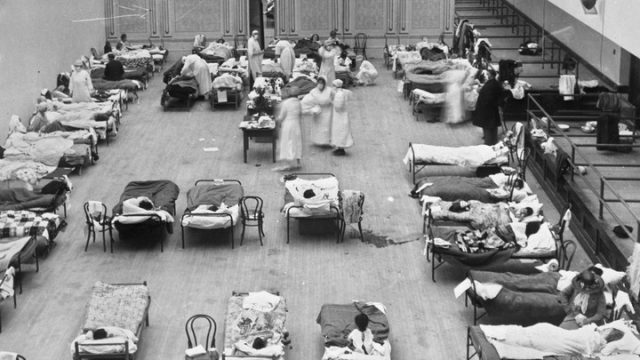
The Asian flu was an avian influenza outbreak of “Influenza A of the H2N2 subtype”. It originated in China in 1956 and lasted till 1958. In these two years, the flu travelled from the Chinese province of Guizhou to Singapore, Hong Kong, and the United States. The estimated death total of the Asian flu was around 2 million. Later, the situation got under control, as the vaccine was developed.
9Hong Kong flu (1968)

The Hong Kong flu of 1968 was caused by the H3N2 strain of the Influenza A virus, a genetic offshoot of the H2N2 subtype.
From Hong Kong, it rapidly spread to Singapore, Vietnam, Philippines, India, Australia, Europe and the United States.
Though the mortality rate of this flu was 0.5 which was comparatively lower than other flu outbreaks, it still took the lives of one million people.
10HIV/AIDS (2005-2012)

The HIV/AIDS is an auto-immune disease, caused by the Human Immuno Virus (HIV). It was first identified in Democratic Republic of the Congo in 1976. In the beginning it was not a pandemic but later it became a global pandemic, killing more than 36 million people between 2005 and 2012. It largely affected the African continent. But now as the time has passed and awareness has grown, new treatments have been developed to make HIV far more manageable. Many of those infected go on to lead productive lives.








































